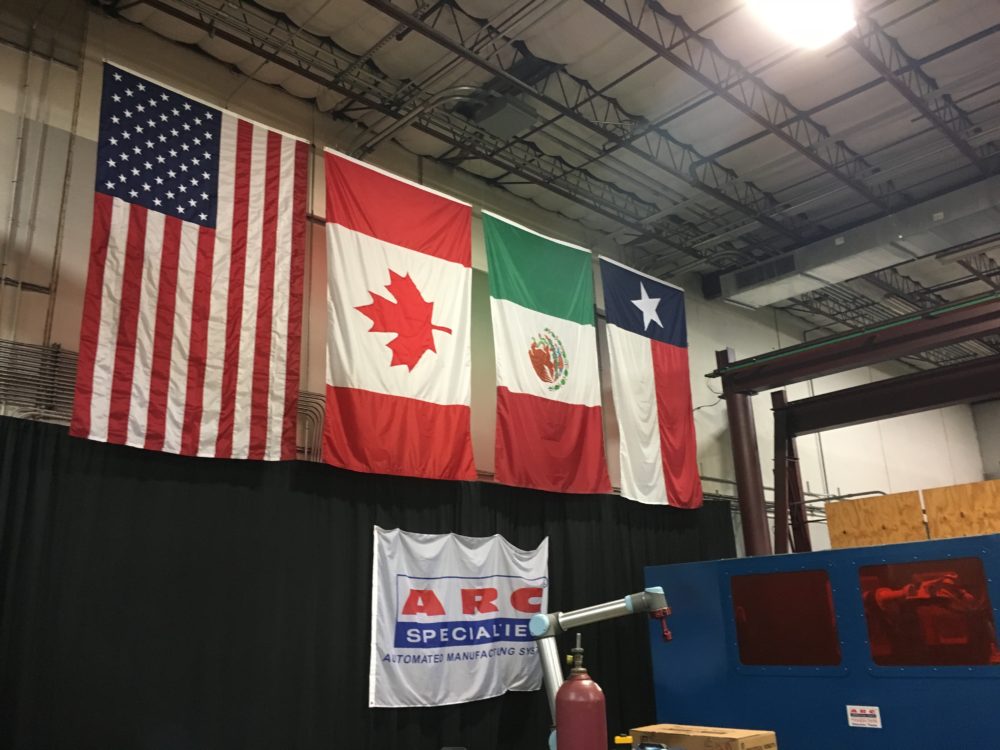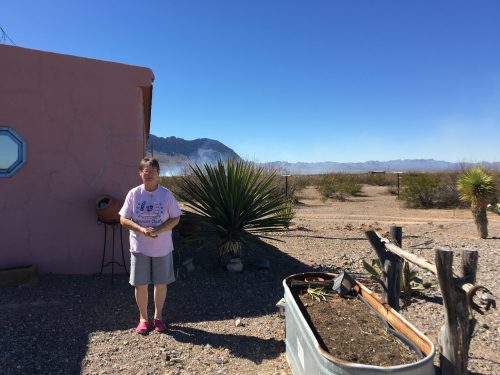Talks are continuing this week over what President Donald Trump has described as the “worst deal ever” – that’s NAFTA. But little is known about where things stand, as the seventh round of talks among NAFTA countries wraps up in Mexico City. Things are especially murky in light of new aluminum and steel tariffs Trump announced last week, leaving lots of Texas businesses in limbo.
And yesterday, Trump indicated that he would consider lifting the tariffs if NAFTA were renegotiated on favorable terms to the U.S.
Ana Swanson writes about trade and international economics for The New York Times. She says the connection between the new tariffs, which affect many non-NAFTA countries, and the trade agreement, wasn’t immediately clear, but that it appears Trump is offering to lift tariffs on steel and aluminum imports from Canada and Mexico, specifically, if a deal that is “speedy and advantageous in U.S. eyes: could be struck.
“It’s unclear to me how that would work, whether you can start exempting different countries from the tariffs for reasons like NAFTA of other trade reasons, or if that would just create a very messy process for reviewing these tariffs,” Swanson says.
Swanson says the president’s comments on connecting tariffs to NAFTA are consistent with his self-image as a deal-maker.
“I think the president really likes this concept of having leverage…in making these tough threats on trade, he sees them as leverage to gain potentially other concessions in other areas,’ Swanson says.
Canada and Mexico have so far not taken the president up on his offer of a deal.
Swanson says it’s likely there will be at least two more rounds of NAFTA negotiations this year, but that what will happen after the U.S. midterm elections in November is unclear.
Written by Shelly Brisbin.
















